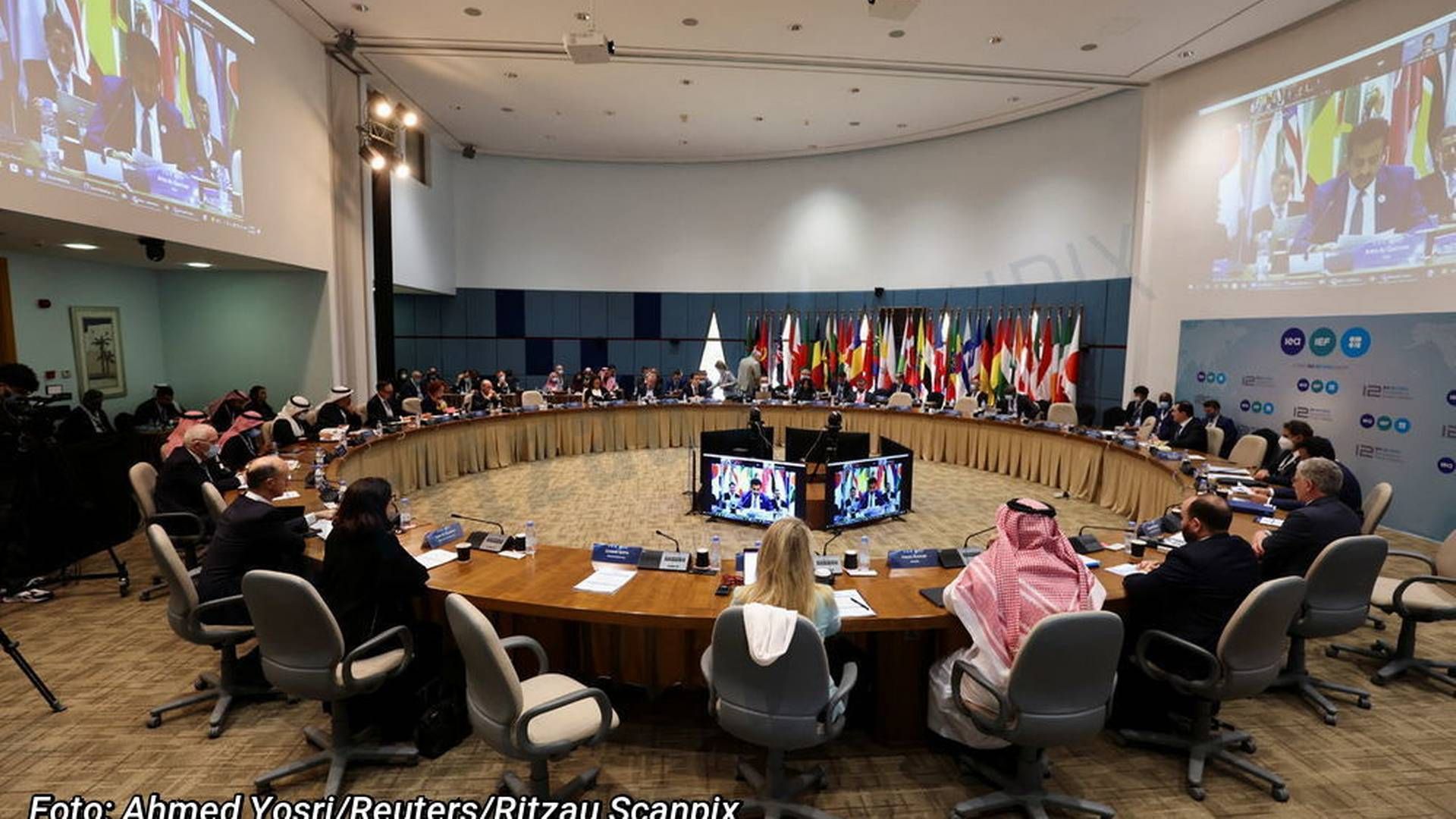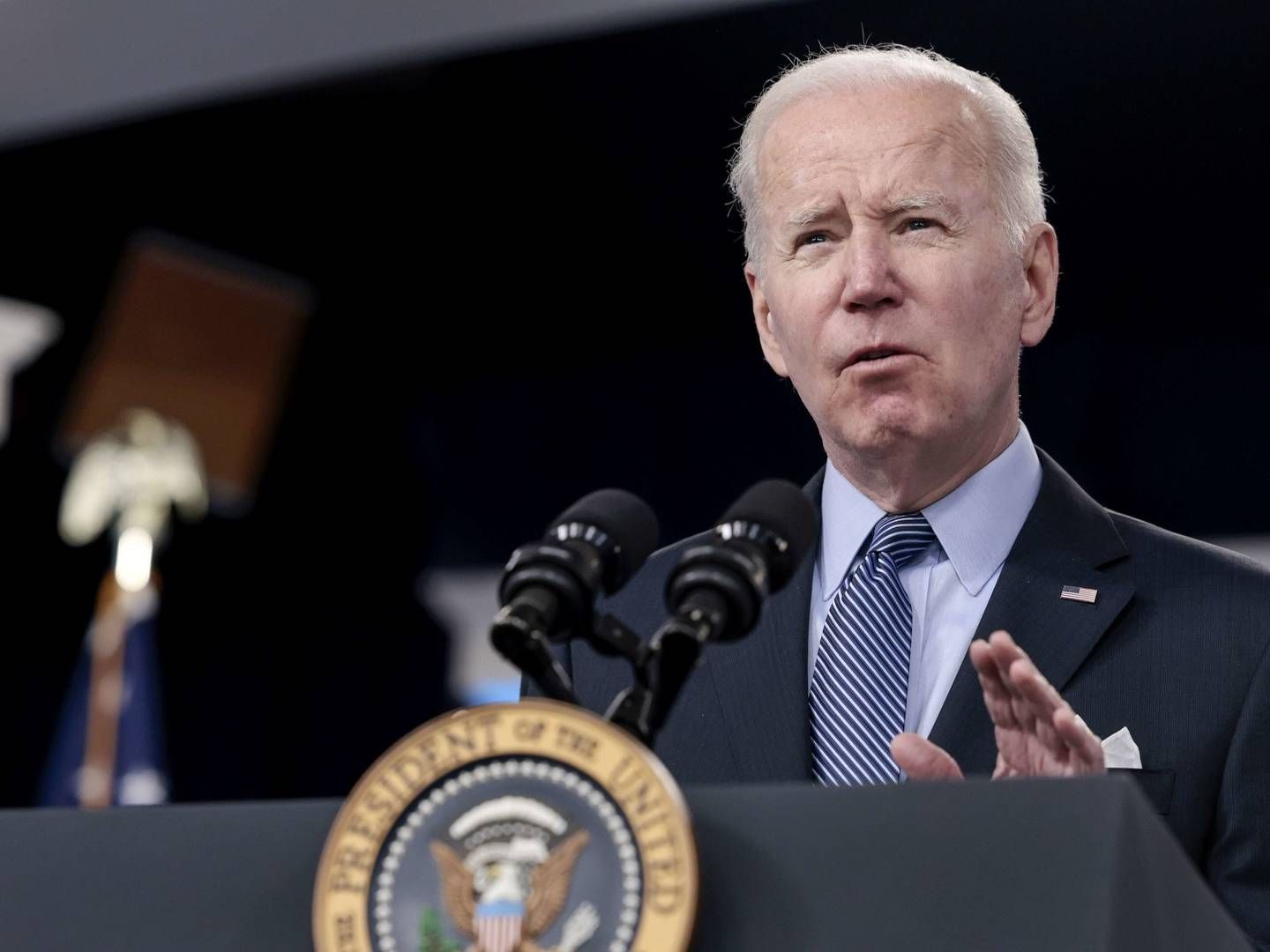OPEC+ ditches IEA data for assessing compliance amid rift

The Organization of Petroleum Exporting Countries and its allies will no longer use oil data from the International Energy Agency to assess compliance with production quotas amid a deepening rift between the two institutions.
OPEC, which includes the IEA as one of six external sources to assess members’ output, may make a formal ruling on the matter when ministers gather on Thursday.
The group’s Joint Technical Committee which represents a broader alliance between OPEC and non-members resolved on Wednesday to replace the IEA’s numbers amid concerns that the reliability of the agency’s overall data is being undermined by its views on climate change and lack of political neutrality, according to delegates.
It represents the culmination of months of sniping between the IEA, which represents the interests of major energy consumers, and OPEC. After working together more closely for several years, the severe energy crisis that’s gripped markets for the past six months and the growing push to curb carbon emissions has made cooperation more difficult.
Saudi Energy Minister Prince Abdulaziz bin Salman has derided the IEA’s proposals for how the world could avoid damaging climate change as “La-La-Land.” When the long rally in oil prices began last year, OPEC+ ministers threw the blame back at the agency, claiming it had been discouraging investment in vital resources.
The invasion of Ukraine by Russia, which leads OPEC+ along with Saudi Arabia, deepened the rift. IEA Executive Director Fatih Birol said he was disappointed in the lack of a response from OPEC+ to the crisis, which drove crude above USD 100 a barrel. As OPEC disregarded US requests to pump more, the agency led the first coordinated release of oil from its members’ emergency stockpiles in over a decade in an attempt to push prices lower.
The Biden administration is now considering another intervention that would release roughly a million barrels of oil a day from US reserves for several months, according to people familiar with the matter.
The IEA provides one out of six sets of production figures that comprise the so-called secondary sources estimate of OPEC crude production that appears in the cartel’s monthly report.
The OPEC+ Joint Technical Committee, which assesses how closely member countries respect their production quotas, decided to replace the IEA with figures from Wood Mackenzie Ltd. and Rystad Energy A/S, a delegate said. Whether OPEC itself follows suit may be resolved on Thursday.
The IEA’s press service said in response it will now make its OPEC+ data publicly available, in order to support market transparency.
Oil prices temper off prospect of US crude inventory release
BP looks east for potential buyers of Rosneft stake
Biden mulls increasing oil supply to dampen price surge
Germany triggers emergency plan to secure energy supplies
G7 nations in dispute with Russia on gas payments





















.jpg&w=384&q=75)



